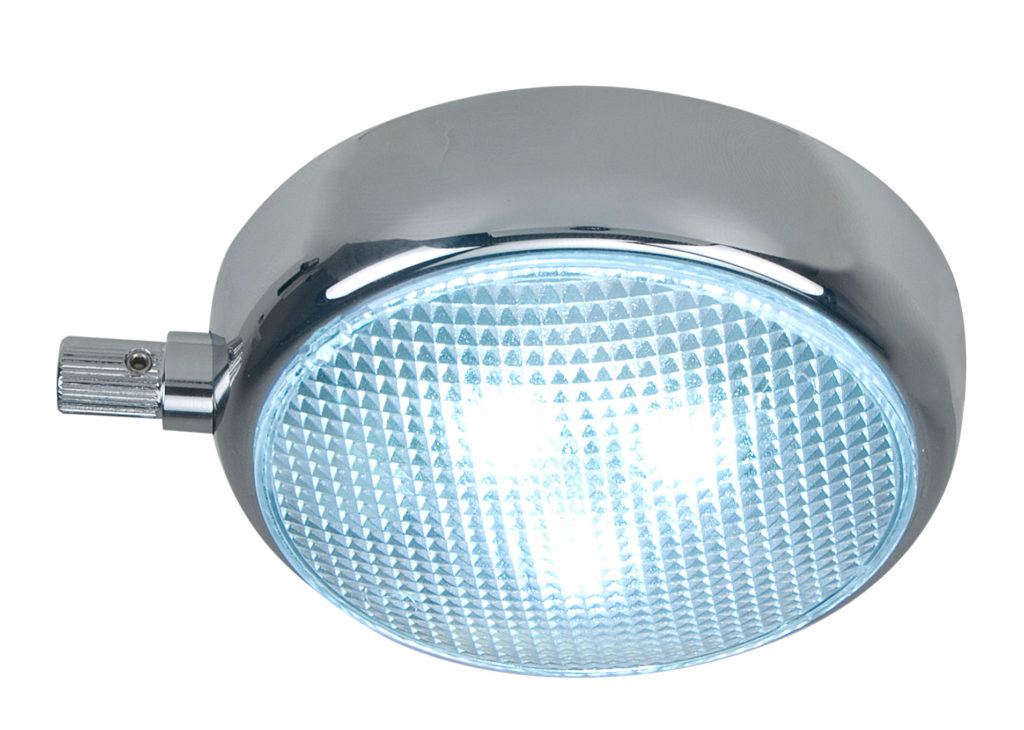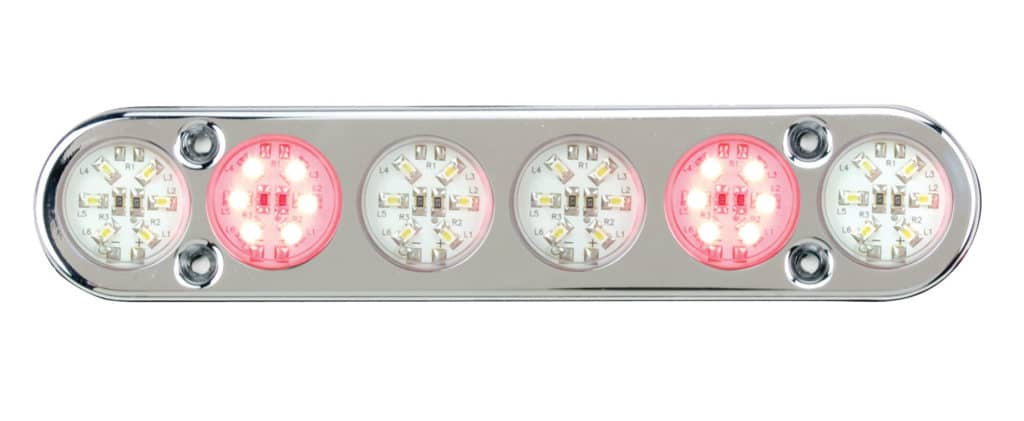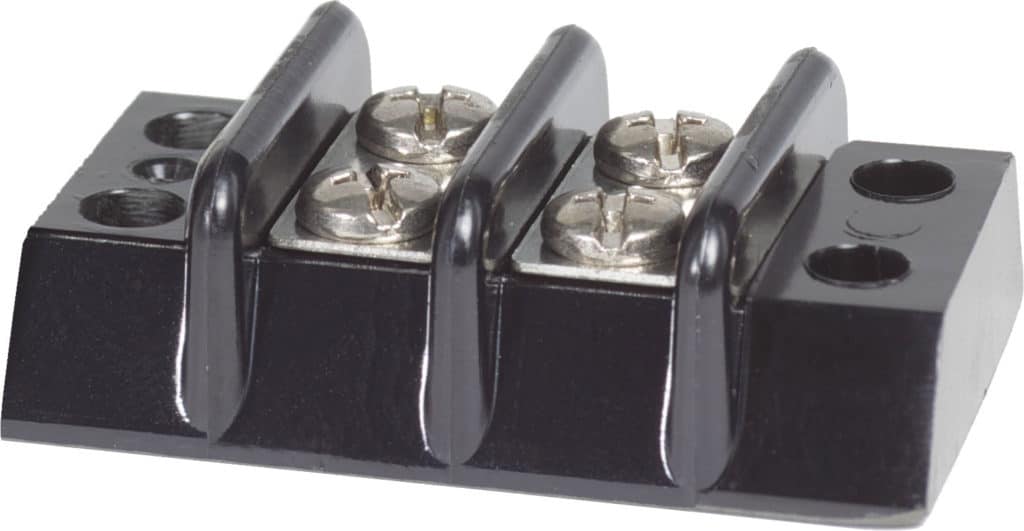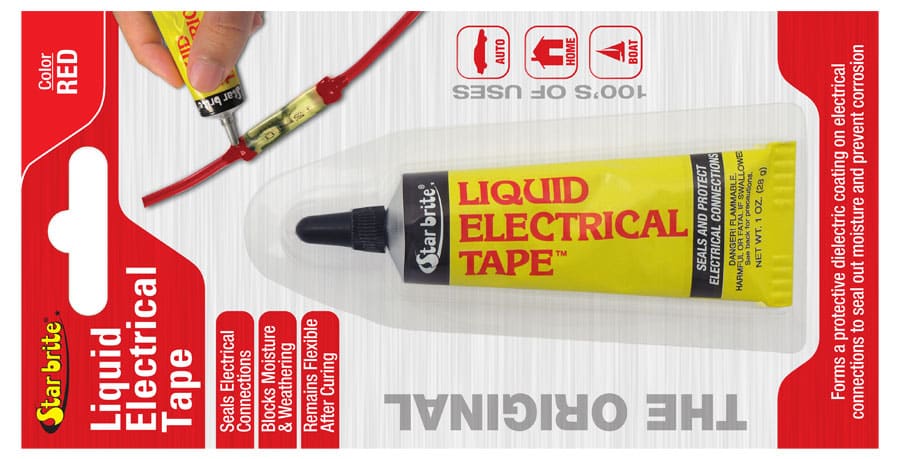
In this article, we’ll provide a quick study of things you need to know before installing them. Need help choosing new lights? We offer guidance for purchasing LED lights for your boat, here.
No Plug and Play
There are LED lamps on the market with screw and bayonet bases, designed to replace conventional incandescent bulbs. These may be more energy-efficient, but they won’t offer the waterproof dependability of an LED. More importantly for navigation lights, if you change the bulb to one not specified for the fixture, it will no longer be U.S. Coast Guard-approved.
Electromagnetic Interference
LEDs are not bulbs. They are semiconductors and can emit electromagnetic interference. EMI produces static on radios and hash on display screens. Ascertain that the LED lighting you wish to purchase is shielded against EMI — most LEDs bearing the CE certification or Federal Communications Commission symbol are shielded. Also, twisting the wires of the affected device together can diminish interference.

Mind Polarity
Inadvertently cross-wire an incandescent bulb and it might still work. But if you connect power to the ground terminal and ground to the power terminal on an LED, you may destroy or damage it. More than one DIY boater has momentarily touched the wrong wires only to find that his new LED does not work.

Light Bright
Replacing, say, a 12-inch, 75-watt fluorescent light mounted under a T-top or over a galley counter with an LED fixture of the same size will likely result in a light that is far too bright for the use. Select LEDs that are one-fifth the wattage of incandescent lights as a rule of thumb. Doing so may mean having to use a smaller fixture, and thus you may need to fill some mounting holes and/or relocate wiring.

Dire Wire
As a result of the difference in power consumption between incandescent and LED lighting, it may be that you have to connect smaller-diameter wire from the LED light to larger-diameter, incandescent-ready wire already installed aboard the boat. If this is the case, strip the light wire to twice the distance required, fold it back on itself, and then twist it to form a larger-diameter end that will fit the same butt splice as the boat wire. Or use a terminal block to make the connections, or rewire the circuit (this may be advisable aboard older boats in any event).









